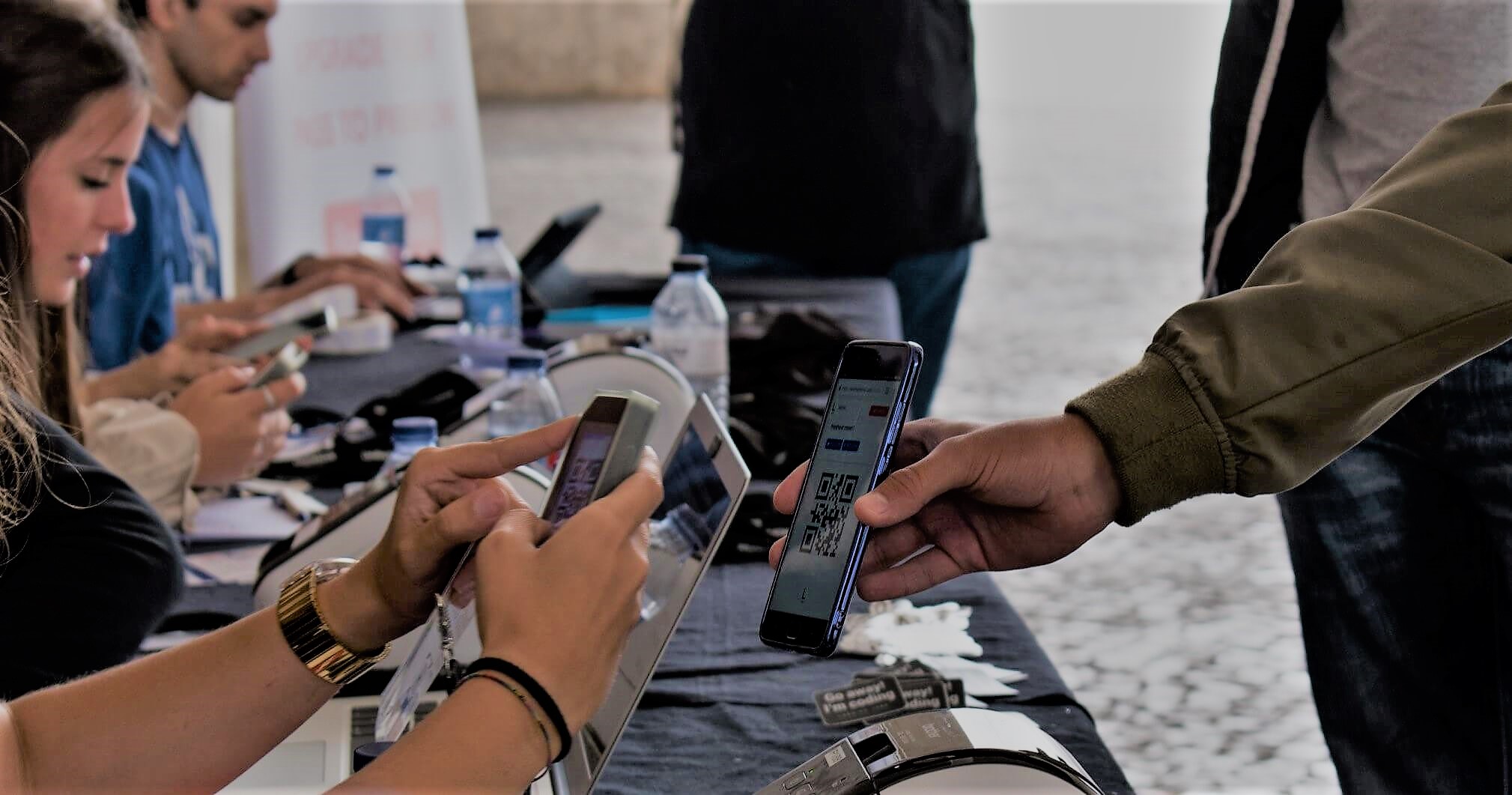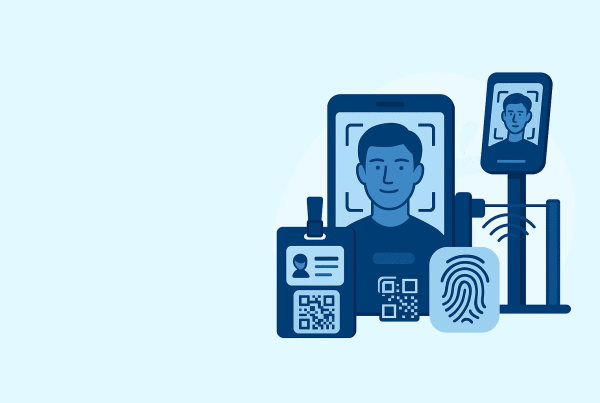Attendee entrance in an event doesn’t have to be a moment where waiting lines go on forever, causing visitors to feel unhappy and organizers to feel anxious and concerned.
beamian technology gives organizers the ability to manage and control the different phases of an event, based on the identification of all participants. With a simple check-in system for mobile devices, entrances are validated and the registration data of each participant is linked to their smartbadge (or other identification object, such as a wristband, an event business card, etc.).
This technology and a proper preparation of the space and the check-in communication make the entrance process faster and more efficient. How? We’ll give you 7 tips to improve the effectiveness of event check-ins, which can be easily implemented by the organization.
1) Pre-event: a check-in email
It’s important to let attendees know about the check-in schedule and how it will happen.
Good communication prevents uncertainty about when the event starts, and it can be done by simply sending an email, a few days or even hours before the event, with the necessary details.
This email can include the check-in opening hours, its location in the venue and what data or documentation is required, such as a QR code (previously sent in the email itself) or a ticket.
If there is an event app, you can also use the email to remind attendees to download the app. To create engagement with your attendees, you can reward those who download the app within a certain time frame with consumption credits or other rewards. It’s up to you!
2) Staff: briefing
Even if your event uses identification technology for the check-in process, a human presence will still be necessary to ensure this step. It is therefore essential to properly prepare the staff, for example with a briefing about the use of the technology. The face-to-face meeting can be complemented with a demonstration of the check-in app so that the team who will be responsible for this step can gain familiarity with the technology/app.
Instruct the staff in terms of communication as well. This means understanding the type of language to be used with the attendees and also being able to answer the most common questions.
3) Space and communication
Communication and signage in the venue are very important to situate attendees as soon as they arrive and are also useful for showing them the way to the check-in location.
Location maps on screens or posters allow participants to know that they “are here” and to see the location of other points of interest.
It is also important to adequately signal the check-in area if there are different queues depending on the ticket category. Proper communication and queuing ensure that the check-in area is organized and no time is wasted, guiding visitors and preventing them from waiting in the wrong lines.
4) Technology that speeds up the check-in
Identification technology increases security and speeds up the check-in process at events. How?
Attendees that have already enrolled in the event (preferably online) only need to present their ticket / QR code that was sent by email or say their name in the check-in area. The check-in staff validates the attendees’ registrations through the check-in beamian app and links each attendee to a unique smartbadge in a few seconds.
Each attendee is identified through a simple touch between the smartbadge (it can be an event credential with a small chip) and the mobile device. This identification eliminates the possibility of ticket counterfeiting.
This electronic check-in eliminates the use of paper, it speeds up the entrances in the venue and eliminates ticket counterfeiting, while also improving event management and increasing control over the number of entrances and exits, number of visitors, stay time, etc.
5) Self check-in kiosks
Self check-in kiosks, as the name itself implies, allow participants to check themselves in the event without the need to wait in the traditional check-in queues.
More self check-in kiosks means more checkpoints in addition to the traditional ones, which speeds up entrances and prevents the other queues from being too long, giving the attendees a do it yourself solution.
6) Integrate check-in data with the event management platform
The beamian event management platform integrates data from different phases of an event, from the online form, the identification code generation, the accreditation, check-in, food/drink consumptions and access control in different spaces, to evaluation questionnaires and post-event communication, among other processes, avoiding the need to migrate data between different systems.
Data integration makes the check-in process more efficient because it allows the organizer to:
- Validate entrances of attendees that were already registered online by simply reading their QR codes or searching their name;
- Print badge identification labels with the attendee’s name;
- Link the attendee’s badge to their registration data;
- Control entrances and exits.
Above all, this ability to integrate data into a single system allows the check-in process at your event to be safer and more efficient.
7) Post-event data
Besides the advantage of knowing in real time the number of entrances and exits, the post-event analysis of the check-in and check-out data can be important to infer general information about the event and to support future strategies and decisions.
The average stay time, the busiest hours, the number of attendees per day or per hour, among other data, can be used to improve the organization of future events.
The type of data to be collected can be tailored to each organizer’s specific goals and this data can be extracted with the beamian solution in any type of event.
Want to know more about beamian? Visit beamian.com and talk to our team to learn how we can work together towards making your event a success.
Our goal is to make your events exceptional. Talk to us and get to know the best solutions for your event!








